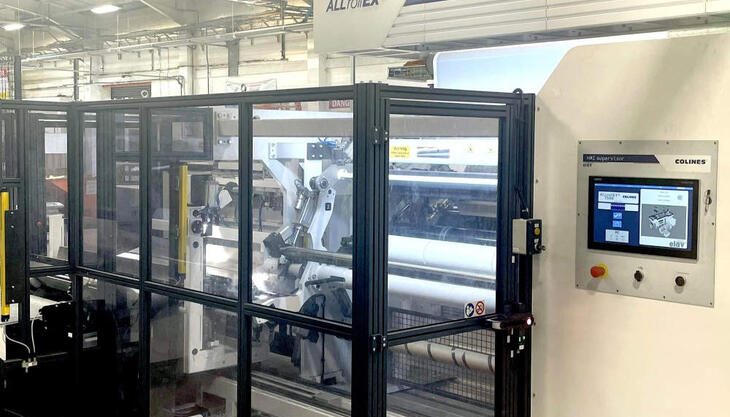Black Forest meeting on artificial intelligence in injection moulding

Two days dedicated by Arburg to artificial intelligence at its headquarters in Lossburg brought together 33 experts to discuss how automatic machine learning (AutoML) or neural networks (such as TabPFN) can be used to make predictions in academic and industrial research and simplify everyday work in injection moulding. Group work on the topics of AutoML and TabPFN was carried out in a whole group session as well as in several workshops spread over the two days. The programme included a feedback panel with information, and, following the theory parts, a tour of the company. Arburg showed how it is currently applying artificial intelligence to its technologies and processes and the level of autonomy achieved in its production departments.

The Lossburg company is researching how to combine its own smart Gestica control system with artificial intelligence and with self-learning machines in order to make the injection moulding process more intelligent and thereby open up new work options for processors of plastic. The goal is for the control system to master not just the process, but also the three areas of machine, material and mould. Besides the control system, customers will in future be able to use the host computer system ALS and the customer portal arburgXworld to establish a common basis for smarter, self-optimising injection-moulding processes. In the medium term, machines will optimise themselves and also be able to learn for themselves. Setters and operators will be assisted in their work by AI-based assistance systems, as well as having their workload reduced. This will result in more stable processes, less production waste and higher product quality.
Participants were also able to acquire an overview of new technologies such as AutoML and TabPFN. Some of the discussions were conducted at a very profound technical level and based on concrete application examples. Finally, aspects such as European regulation of artificial intelligence, the possibility of standardising artificial intelligence and development processes and how to implement increasingly reliable artificial intelligence were addressed.



















